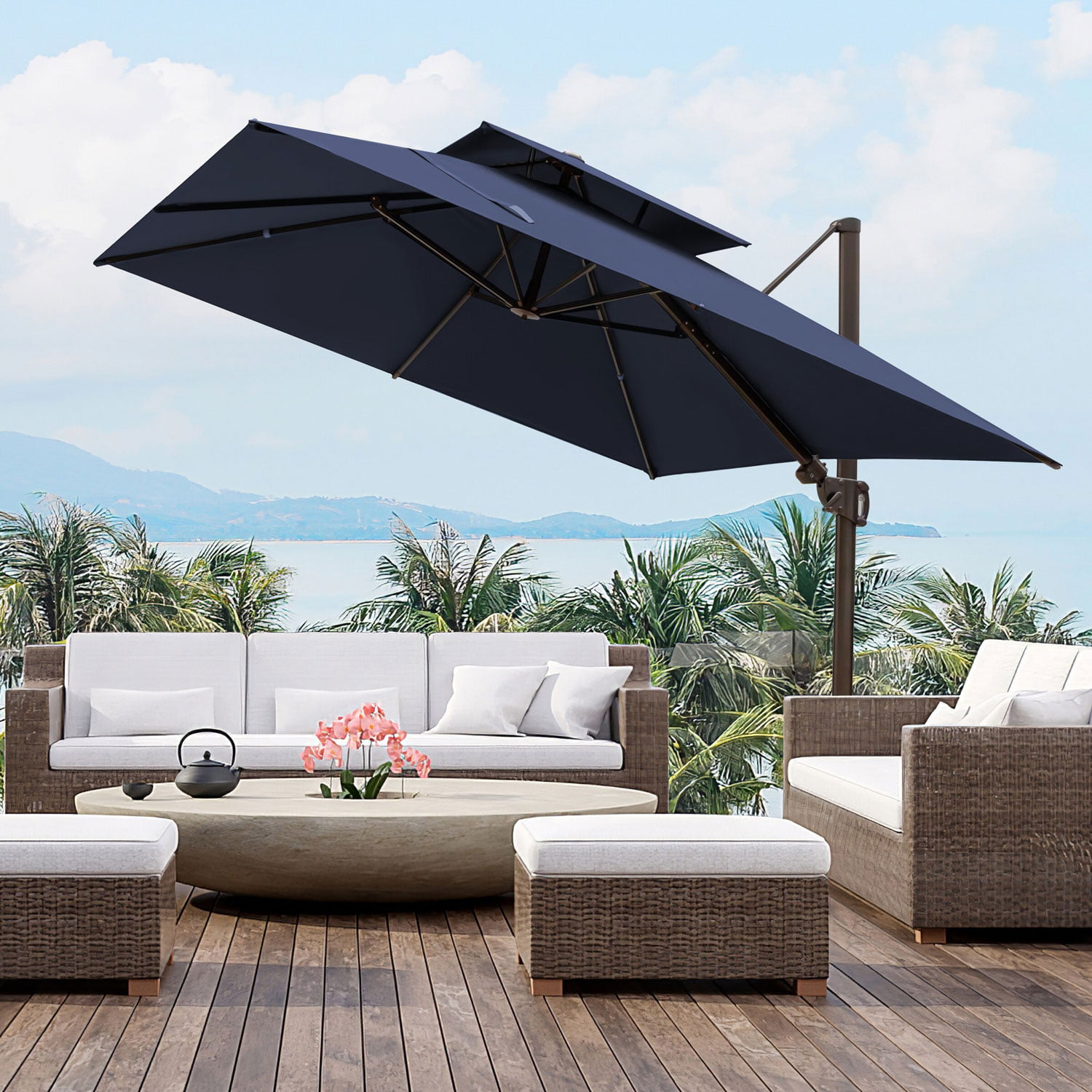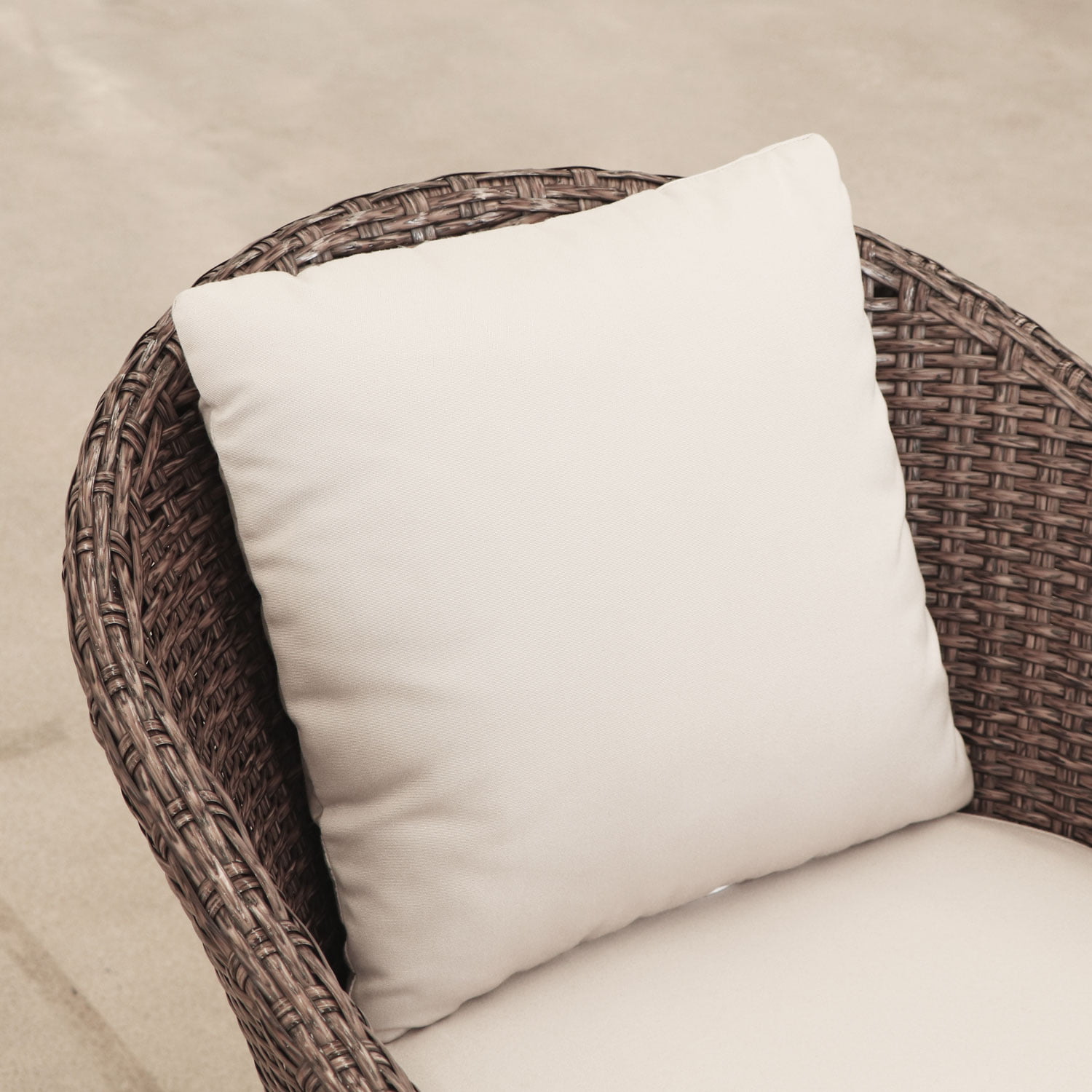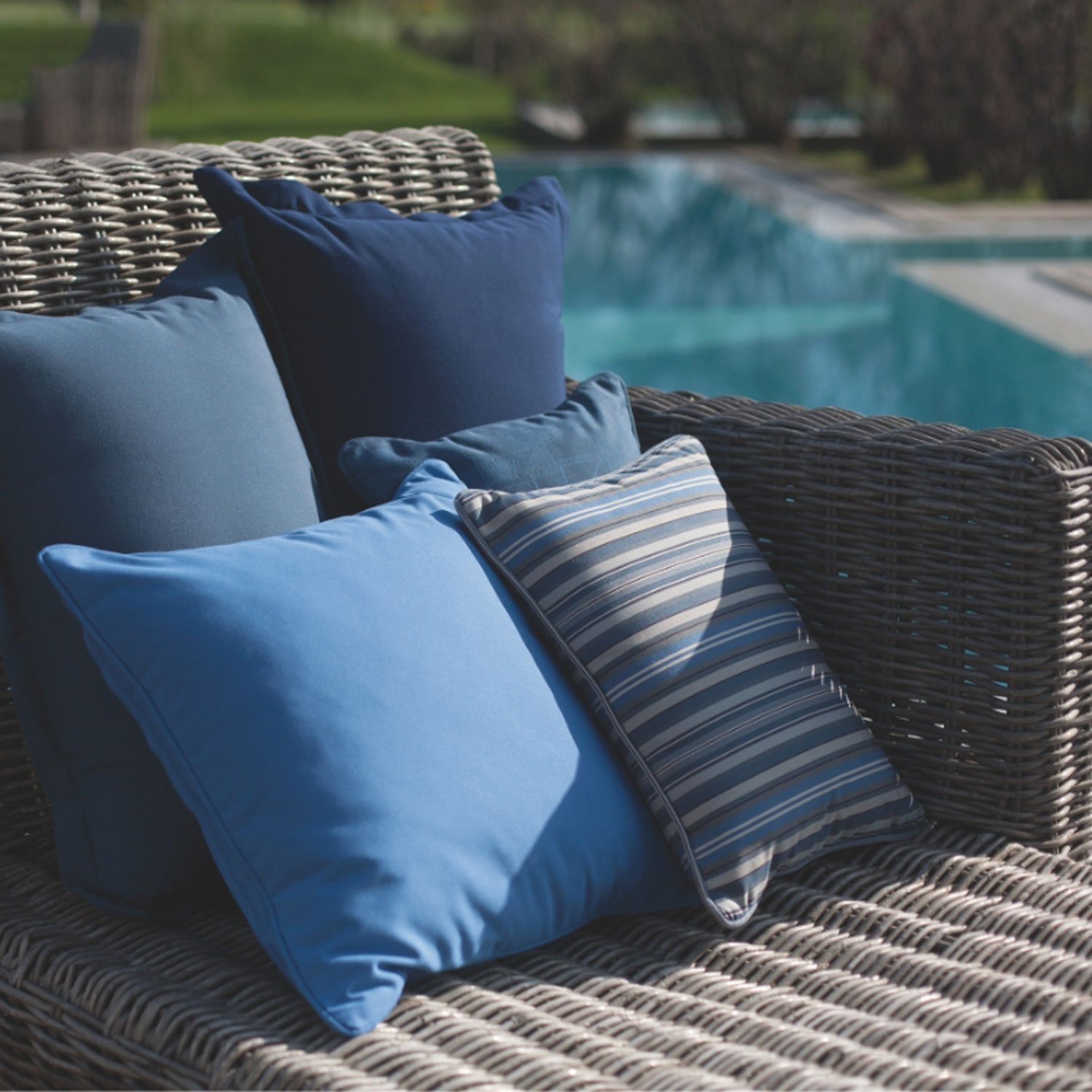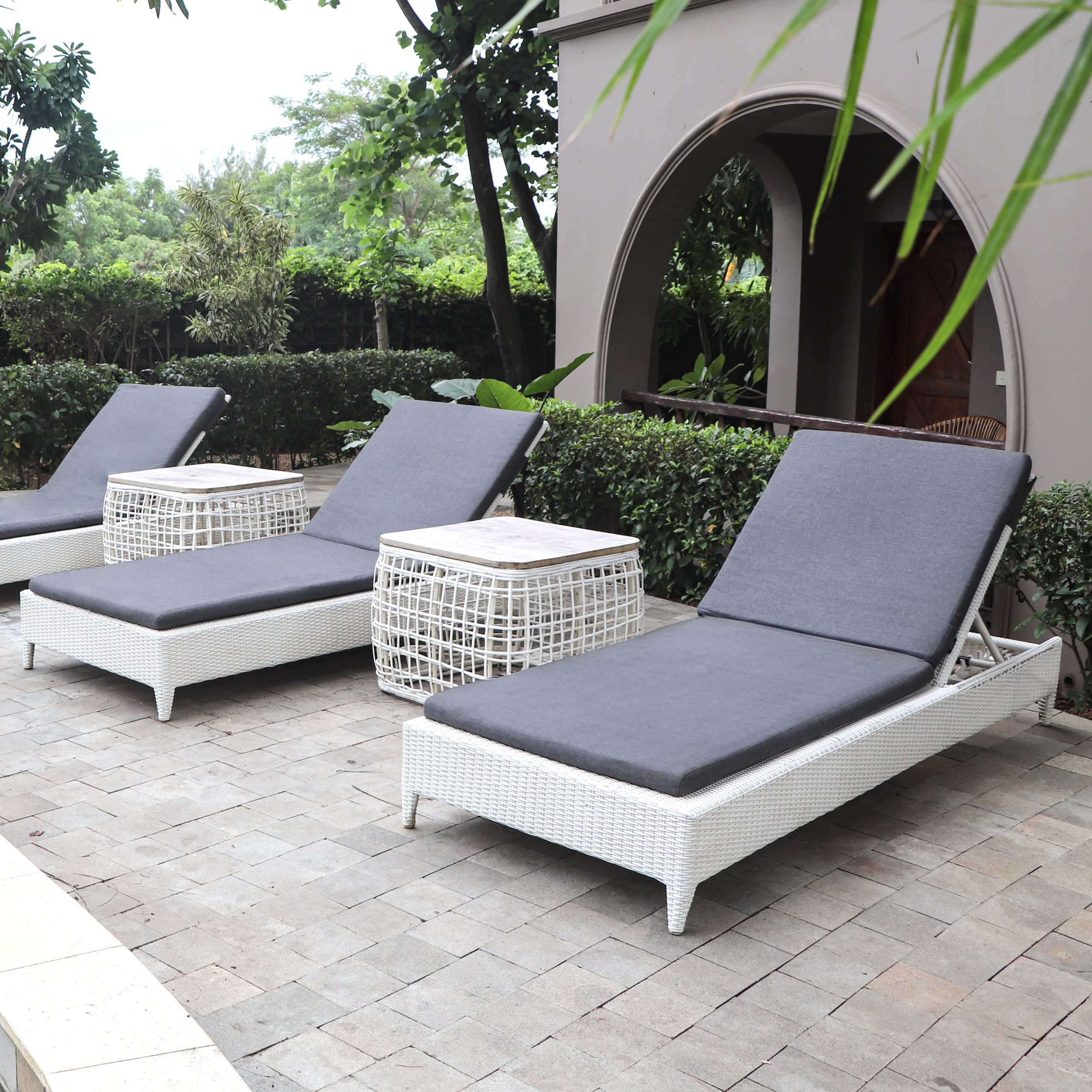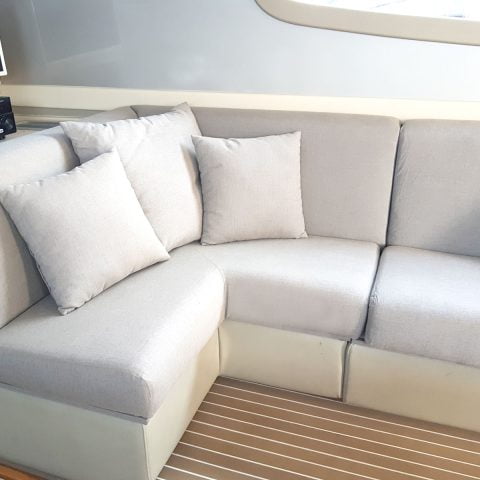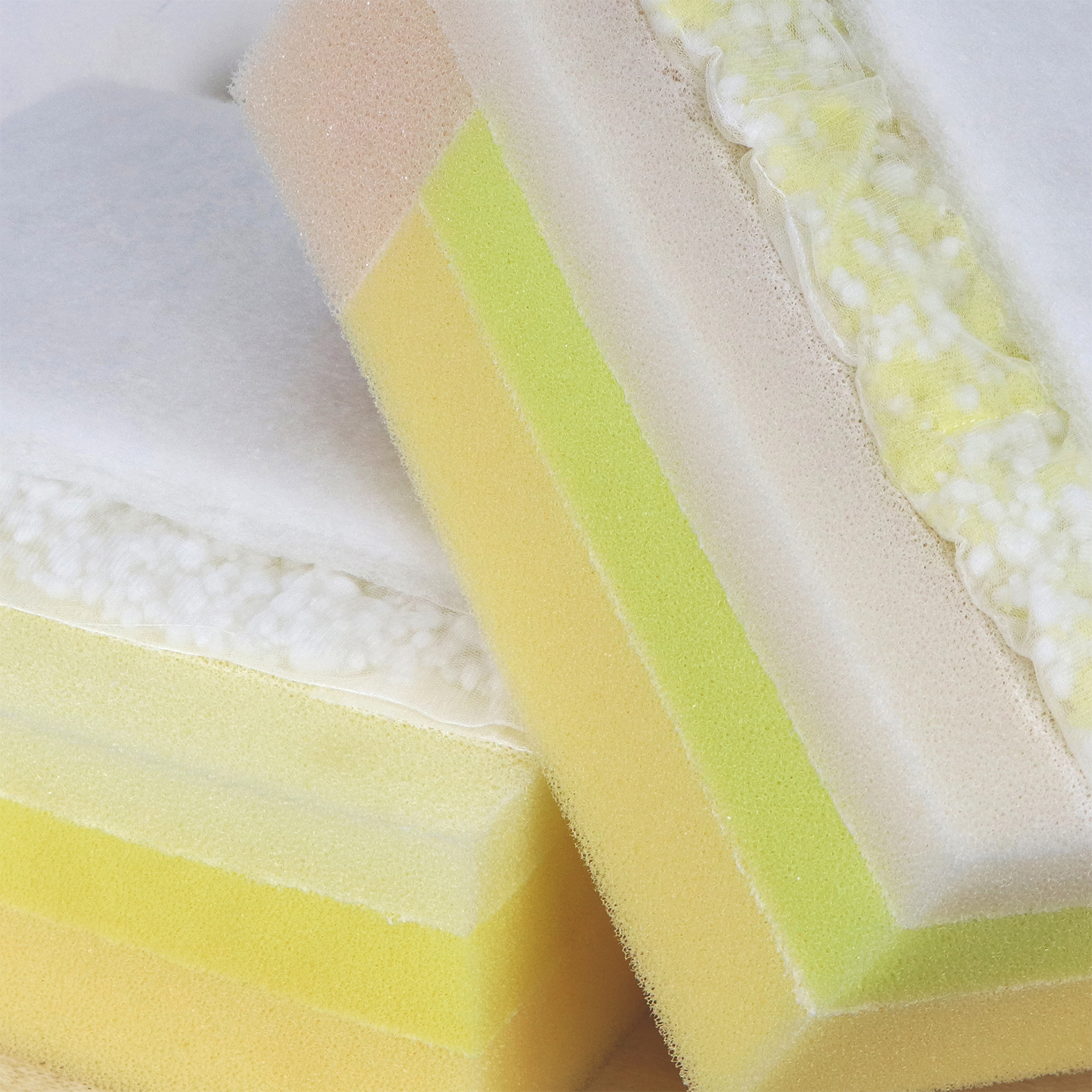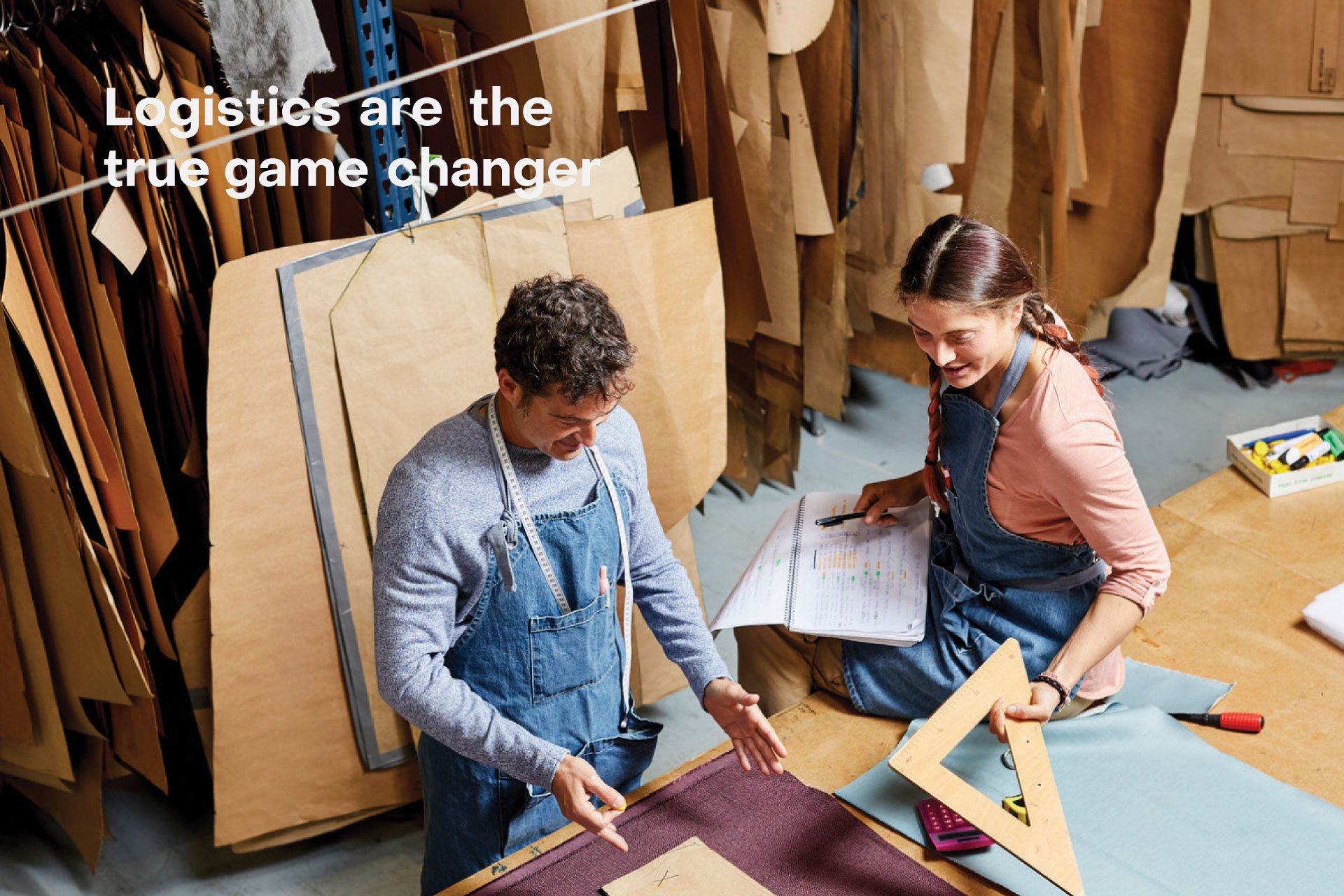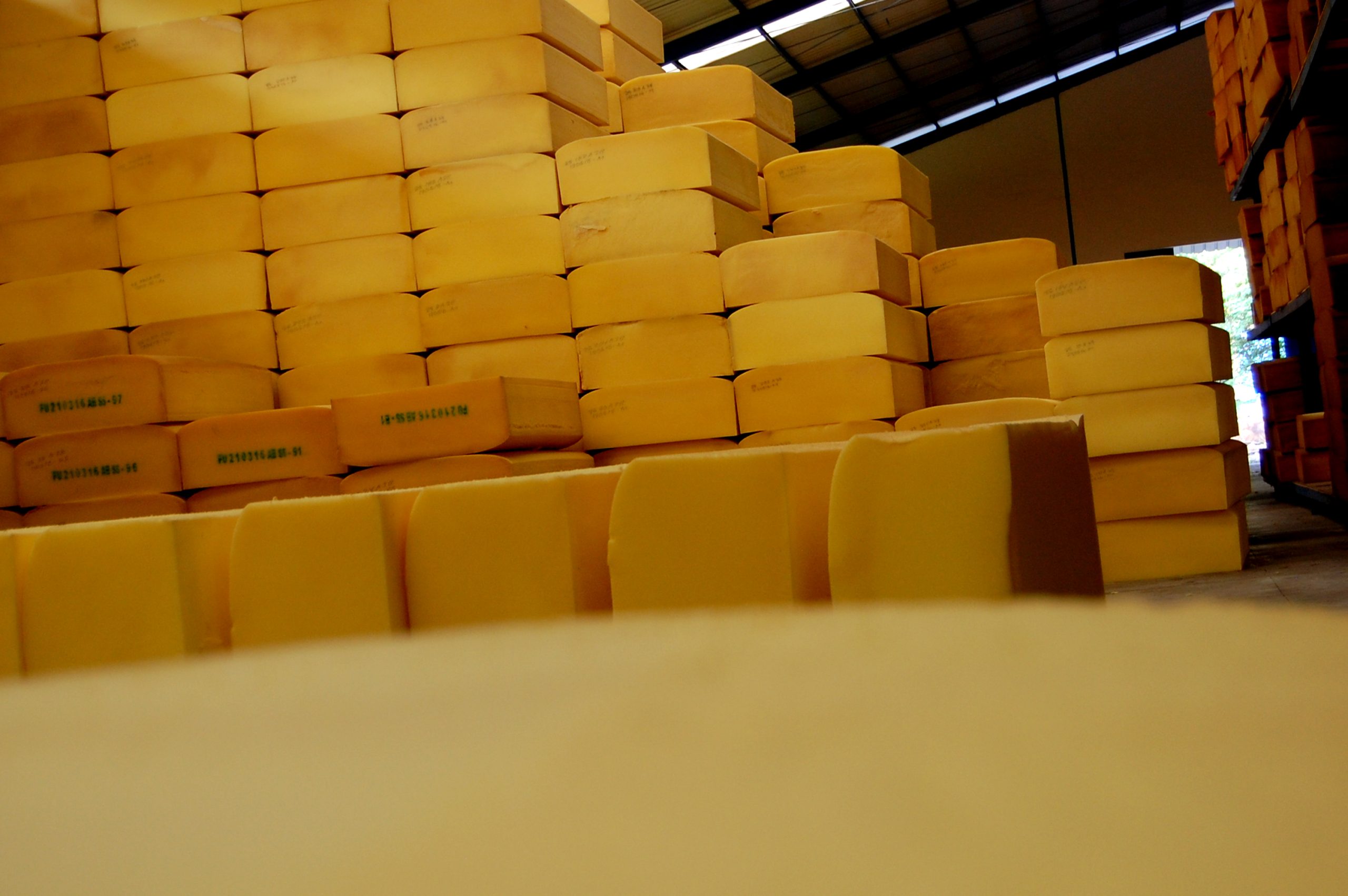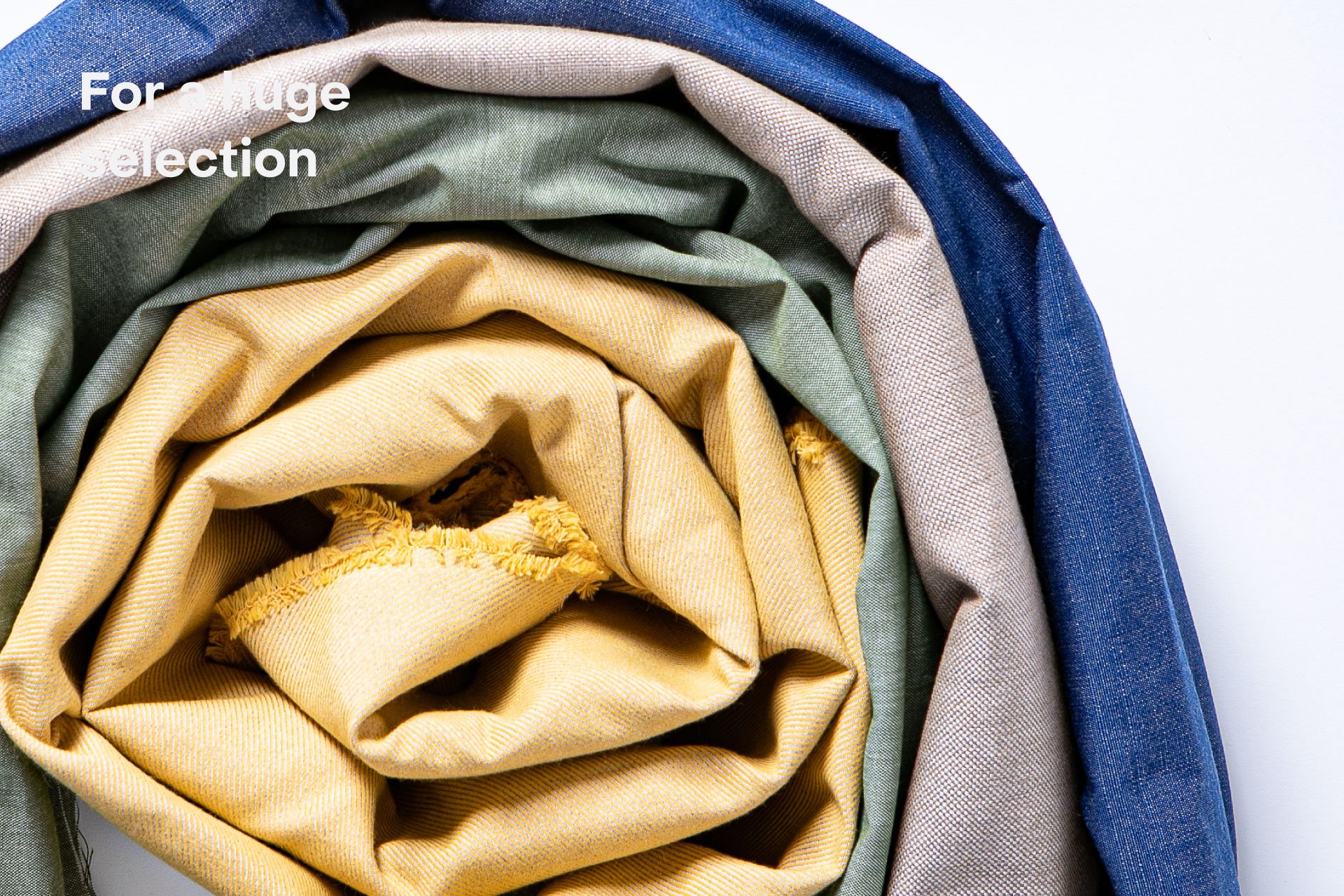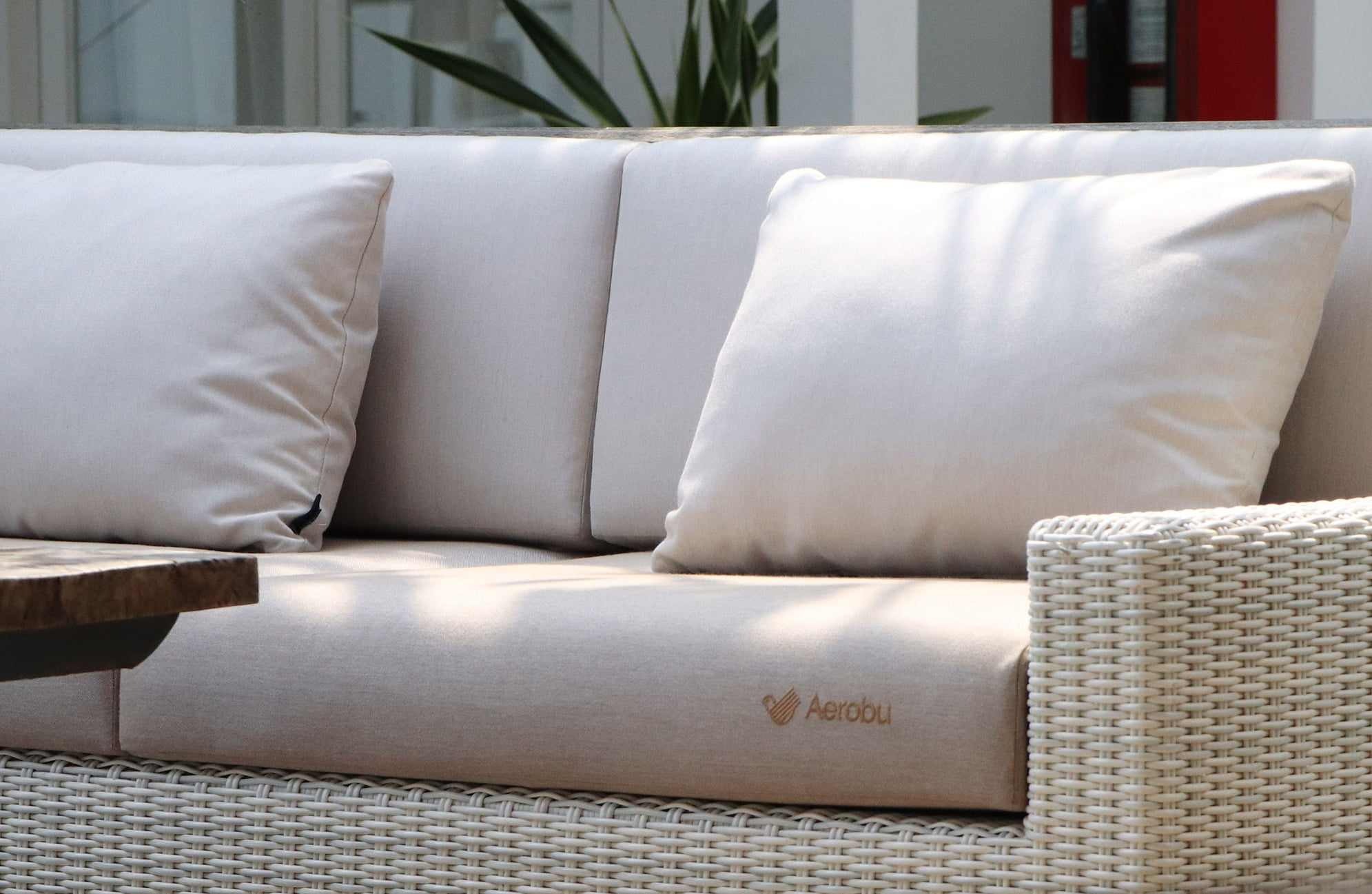Moldy outdoor cushions are the worst, right? You head out to your patio with a coffee in hand, only to sit on a cushion that smells like an old, wet basement. Ew. Don’t worry—you’re not alone, and the good news is this problem can be fixed. In this guide, we’ll walk you through exactly how to clean outdoor cushions mold —safely, effectively, and without destroying your cushions in the process.
🦠 Understanding Mold on Outdoor Cushions
What Causes Mold and Mildew?
Mold and mildew thrive in warm, damp environments. So, outdoor cushions left in the rain or humid conditions without proper airflow? Yep, mold heaven.
Why Outdoor Cushions Are Prone to Mold
Cushions are basically sponges wrapped in fabric. If they get wet and aren’t dried properly, the moisture gets trapped inside, creating the perfect spot for mold spores to grow.
How to Identify Mold vs Mildew
Mold: Green, black, or fuzzy spots; can spread quickly
Mildew: Usually white or gray, powdery texture
Both smell bad, but mold can be a bit more dangerous long-term.
🧰 Preparing for Cleaning
Before you dive in, make sure you’re prepped.
Safety First
Wear gloves
Use a mask if the mold is heavy
Work outside or in a well-ventilated area
Supplies Checklist
Bucket
Dish soap
White vinegar
Baking soda
Hydrogen peroxide
Scrub brush or sponge
Hose or water source
Towels
Spray bottle
Optional: Commercial mold remover
🧼 Step-by-Step Guide to Cleaning Mold Off Outdoor Cushions
Method 1: Soap, Water, and Elbow Grease
Best For: Light mold spots, quick cleans
- Mix warm water with mild dish soap in a bucket.
- Soak a scrub brush or sponge in the mixture.
- Scrub the affected area thoroughly.
- Rinse with clean water.
- Air dry fully in direct sunlight.
Method 2: Vinegar Solution
Best For: Natural cleaning fans
- Fill a spray bottle with equal parts white vinegar and water.
- Spray generously on moldy spots.
- Let it sit for 10–15 minutes.
- Scrub with a brush.
- Rinse and repeat if needed.
- Dry in the sun.
Pro tip: Add a little lemon juice to cut the vinegar smell!
Method 3: Baking Soda + Hydrogen Peroxide Paste
Best For: Stubborn stains
- Mix ½ cup baking soda with a few tablespoons of hydrogen peroxide to form a paste.
- Apply directly to mold.
- Let sit for 15–30 minutes.
- Scrub and rinse.
- Dry thoroughly.
Method 4: Commercial Mold Removers
Best For: Severe mold infestations
- Follow product instructions carefully.
- Spot-test on a small area first.
- Use outdoors and wear protection.
- Rinse thoroughly after application.
Always avoid bleach unless the fabric care tag says it’s okay!
Method 5: Pressure Washing (Use With Caution)
Best For: Durable outdoor fabrics
Use a low-pressure setting.
Avoid the seams and zippers.
Keep the nozzle at least 2 feet away.
Dry immediately after.
☀️ Drying Your Cushions Properly
Mold hates dryness, and sunshine is your best friend here.
Remove covers if possible and dry separately.
Air-dry flat in direct sunlight.
Avoid dryers unless the tag says it’s safe.
Flip and fluff to make sure it’s dry inside and out.
🛡️ Preventing Mold From Coming Back
Daily and Weekly Maintenance Tips
Shake off moisture and debris
Don’t leave cushions out in the rain
Air out in the sun weekly
Storage Solutions
Use waterproof cushion storage boxes
Store indoors during heavy rain or winter
Never store when cushions are damp
Protective Sprays and Fabric Treatments
Apply fabric protectants like Scotchgard™ or Nikwax™ to repel water and prevent mold.
🧵 Special Considerations for Different Fabric Types
Polyester Cushions
Can handle light scrubbing and vinegar
Dry fast—good news for mold prevention
Acrylic and Olefin Fabrics
Fade-resistant but prone to mold
Spot clean with mild soap or vinegar mix
Foam Interiors
If the foam smells or shows mold, remove and replace it
You can wash some foams, but they take forever to dry
🔄 When to Replace vs Clean
Sometimes, no matter how hard you scrub, the mold wins. If:
The smell won’t go away
The mold keeps coming back
The fabric is falling apart
…it’s probably time for a new cushion.
🌱 Eco-Friendly Cleaning Tips
Use biodegradable soaps and vinegar
Avoid bleach unless absolutely necessary
Let the sun do most of the work!
🧩 Final Thoughts : How to Clean Outdoor Cushions Mold
Cleaning moldy outdoor cushions isn’t rocket science—but it does take a little know-how and elbow grease. The key is catching it early, drying thoroughly, and staying consistent with maintenance. With these tips in hand, your patio seating will stay fresh, clean, and mold-free all season long.
FAQs
Q1: Can I use bleach to clean mold from cushions?
Only if the cushion tag says it’s safe. Bleach can weaken fabric and ruin colors.
Q2: How often should I clean outdoor cushions?
Light cleanings weekly, deep cleanings once a month or as needed.
Q3: What if the mold has spread inside the cushion?
You may need to replace the foam or the entire cushion if it’s beyond cleaning.
Q4: Are there mold-resistant outdoor cushions?
Yes! Look for cushions made with quick-drying foam and mold-resistant fabric.
Q5: Will sunshine alone kill mold?
It helps, but it won’t fully remove spores. Combine sunlight with cleaning methods for best results.

